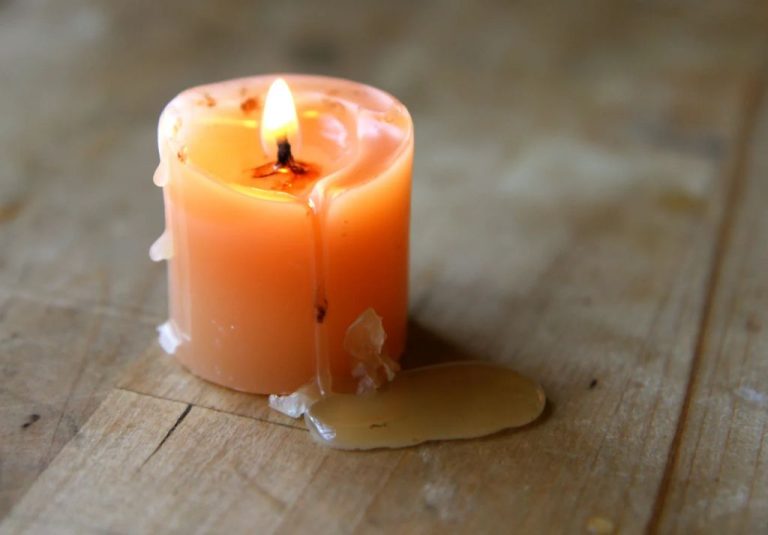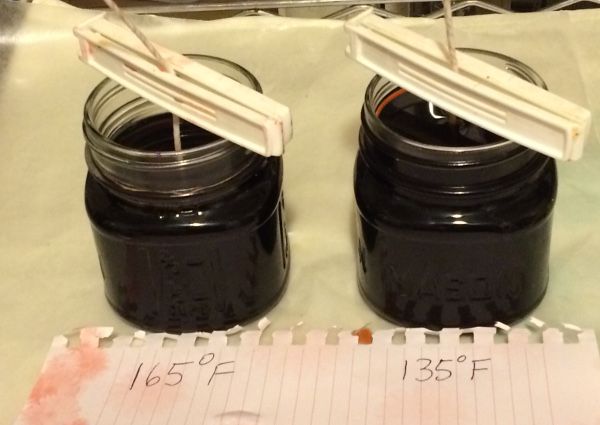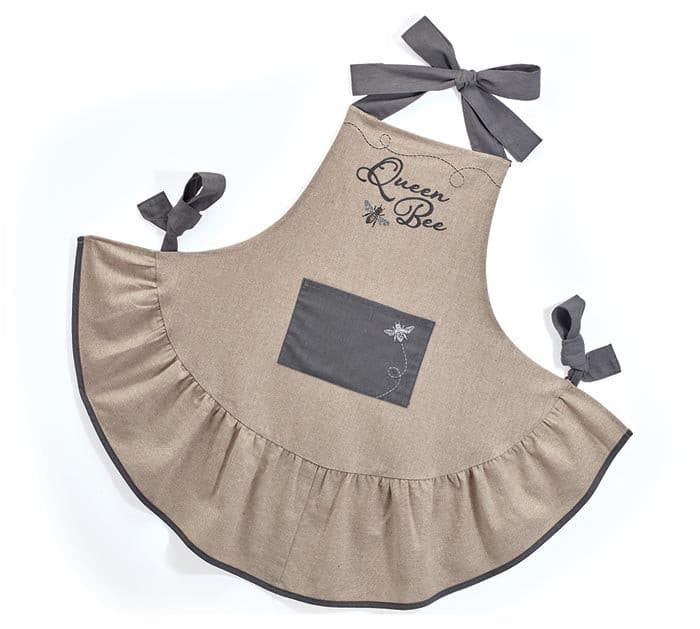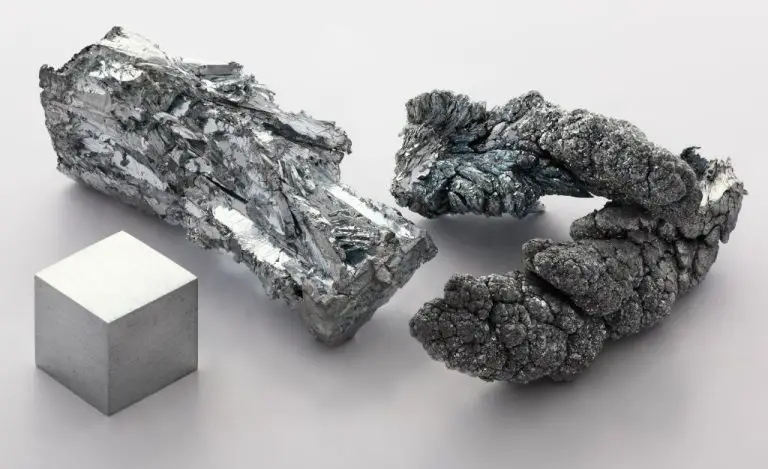Which Soy Wax Grade Is The Best?
Soy wax is a natural, renewable vegetable wax made from soybeans. It has become increasingly popular for candle making and soap making due to its many benefits. Soy wax is biodegradable, cleaner burning, and environmentally friendly compared to paraffin wax which is made from petroleum. It also holds scent very well. Soy wax has a lower melting point than paraffin, so soy candles must be burned at lower temperatures to avoid tunneling. With the right wick, soy wax can provide excellent scent throw in candles and soap. Overall, soy wax is praised for being a healthier, more sustainable option than paraffin.
Grades of Soy Wax
There are several common grades of soy wax used in candle making, each with their own unique properties. Some of the most popular include:1
415 Soy Wax – This wax has a low melting point of 115-125°F, making it a good choice for containers and jars. It’s easy to work with and has excellent scent throw. However, it can frost and sweat in very hot environments.
444 Soy Wax – With a melting point of 120-125°F, 444 soy wax is versatile for containers and pillars. It has good scent throw and makes glossy, smooth candles. This wax may frost in very warm conditions.
446 Soy Wax – 446 has a melting point of 125-135°F, performing well in pillars and votives. It has excellent scent throw and makes hard, long-burning candles. However, it’s prone to frosting.
EcoSoya PB – This pillar wax has a high melting point at 140-150°F. It makes excellent votives and pillars with a nice glossy finish and good scent throw. It’s also resistant to frosting.
GB 464 – With a high melting point of 140-150°F, 464 is ideal for pillars and votives. It has an excellent scent throw and makes durable, long-burning candles with a smooth finish.
Melting Point
The melting point of soy wax varies depending on the grade. According to Blended Waxes, low-melt soy wax melts at 130 degrees Fahrenheit, while high-melt soy wax melts at 150 degrees Fahrenheit (Blended Waxes). Armatage Candle Company notes the industry average melt point for soy wax is about 124°F, compared to 131°F for paraffin (Armatage Candle Company). The lower melting point allows soy wax to liquify at lower temperatures.
The melting point impacts performance – lower melting soy wax grades are recommended for container candles, as they adhere to the glass better when cooling. Higher melting soy wax grades are preferred for pillar candles andvotives, as they retain their shape and structure more firmly.
Scent Throw
Scent throw refers to how well a candle’s fragrance oils can be smelled when the candle is burning (hot throw) or unlit (cold throw). When it comes to soy wax, the wax grade significantly impacts scent throw.
According to Candlescience, higher wax melting points produce stronger hot throw as more oil is held in the melted wax pool compared to lower melt point waxes where some fragrance evaporates off the wax surface before melting. The best soy wax grades for hot throw are 6006, 464, and 413 which all have higher melting points of 135-145°F. Grade 444 soy wax has a lower melt point of 119°F resulting in weaker hot throw.
For cold throw, testing by Candlesalon showed soy grades 6006 and GB 464 to have the strongest unlit scent diffusion. The higher melt point again allows more fragrance oil to be held evenly in the solid wax. GW 415 and GW 444 had noticeably less cold throw. In summary, soy wax grades 6006, 464, and 413 are the best for both hot and cold scent throw.
Candle Making
When selecting a soy wax for candle making, you’ll need to consider the grade’s melting point, ability to hold fragrance, and performance in different candle styles.
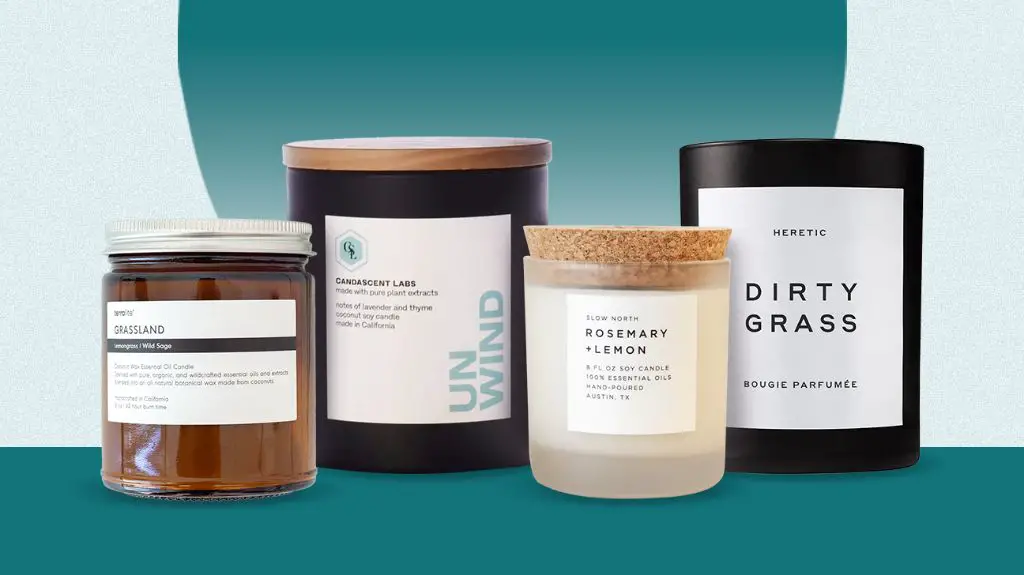
Higher melt point waxes like Golden Natural Soy Wax 464 are ideal for pillar candles, as they produce a strong rigid structure with less issues like sagging. The high melt point also allows for excellent fragrance retention. However, 464 can be more prone to frosting and an uneven melt pool in containers. It may also require a higher temperature to melt and incorporate dye and fragrance.
For container candles, lower melt point waxes like Golden Natural Soy Wax 415 are typically preferred. 415 melts and blends easier at lower temperatures, resulting in fewer issues with frosting. The softer wax helps container candles achieve an even melt pool by allowing the wax near the wick to be drawn up easier. However, the lower melt point means pillars are more prone to issues like bowing or bending. Scent throw may also be reduced.
Middle-grade waxes like Golden Natural Soy Wax 418 offer a balance of the two. With good pliability when melting and an ability to hold scent when cured, 418 can allow you to achieve good results with both container and pillar styles. However, you may still need to adjust your process based on the candle shape and design.
Testing waxes in your specific candle style and adjusting your process is recommended to determine which grade offers the best performance for your needs.
Soap Making
When using soy wax for soap making, the grade of wax impacts characteristics like the hardness, melting point, and lather of the final bar. Some key considerations when selecting a soy wax grade for soap making include:
Soy Wax 444 – This is a versatile grade good for soap making. It has a high melting point around 49°C, produces a hard bar with good stability, and contributes to a smooth texture. However, too much 444 can reduce lather. Source
Soy Wax 415 – With a lower melting point around 43°C, 415 makes a softer bar of soap that is easy to unmold. It provides a smooth texture and helps retain fragrance. But too much 415 can make the bars slimy or sticky.
Soy Wax 464 – This grade has an ultra-high melting point of 64°C, yielding an extremely hard bar. 464 is useful for preventing soda ash and increasing longevity of the soap. However, it can reduce lather and be drying when used in high amounts.
In general, a soy wax like 444 or 415 is a good choice for soap making, since it produces a nice bar with good mold release. Using no more than 50% soy wax is recommended to retain sufficient lather. The exact blend depends on the desired qualities of hardness, moisturizing feel, and texture.
Container Candles
When it comes to container candles, soy wax with a lower melting point is often preferred. This allows the wax to pool evenly when the candle is lit and prevents issues like tunneling. Many candlemakers recommend using soy wax grades 415, 464, or 416 for container candles.
Soy wax 415 is a versatile option with a melting point of 115-120°F. It has excellent scent throw and works well for container candles with both single wicks and multiple wicks. Soy wax 415 produces smooth candles with a nice finish according to users on Reddit.
Soy wax 464 has a melting point of 119-124°F, making it another good choice for container candles. It has good scent throw and adhesion properties. Soy wax 464 allows plenty of time for pouring multiple candles before setting up. It’s commonly used by professional candle makers according to sellers on Alibaba.
Soy wax 416 has a lower melting point of 108-113°F. This makes it a popular option for container candles, especially in warmer climates. It has excellent wetting properties to adhere to glass containers. Soy wax 416 provides good scent throw and an even burn pool.
Overall, soy wax grades 415, 464, and 416 tend to perform the best for container candles. The lower melting points allow for proper wax pooling and a smooth finish. These grades also offer great scent throw without compromising burn quality.
Pillar Candles
When it comes to pillar candles, the best soy wax grade is Golden Natural 415. This wax has an excellent scent throw and produces clean, long-lasting burn pools thanks to its higher melting point of 145°F. According to Amazon reviewer Susan B. on Amazon, Golden 415 is the ideal soy wax for making pillar candles because it allows the wax to hold its shape and produces a nice smooth finish.
Other soy wax grades are not quite as well-suited for pillar candles. For example, waxes like Golden Foods 6006 have a lower melting point of 135°F which can lead to issues like frosting, sweating, and bending in pillar candles. The higher melt point of Golden 415 makes it sturdier and better for free-standing vertical candles.
According to candle making supplier AliExpress, Golden 415 produces “the best wax adhesion” for pillar candles. The hardness allows the wax to retain its form factor compared to softer waxes that may lose their shape in warmer environments. For crafters and candle makers interested in making clean, high-quality pillar candles, Golden Natural 415 soy wax is the ideal choice.
Best Overall Grade
When considering which soy wax is the best overall grade, most candle and soap makers recommend Golden Natural Soy Wax 464. This grade offers the best combination of qualities that make it highly versatile for both candle making and soap making.
Soy 464 has a melting point of 46-48°C, which is ideal for container candles. The lower melting point allows the wax to liquefy evenly and prevents frosting on the sides of glass containers. The wax also has excellent scent throw and hold, ensuring your fragrance oils come through strong when burning candles.
For soap making, Soy 464 has a smooth creamy texture that allows easy incorporation of colorants and additives. It also gives soap batches excellent molding properties. The bars harden smoothly with a glossy sheen.
With its balance of a lower melting point and good scent throw, Soy 464 can be used for both container and pillar candles. The versality across candle styles as well as its soap making abilities make Golden Natural Soy Wax 464 a top choice for an all-purpose soy wax.
Conclusion
In summary, the key differences between soy wax grades come down to the melting point and scent throw. The higher melting point waxes like 6006 and 4627 are best for pillar candles, while the lower melting point waxes like 444 and 415 are optimal for container candles. For scent throw, 444 provides excellent hot and cold throw, making it a top choice for scented candles. 6006 and 4627 don’t hold fragrance oils as well but are very hard and long-lasting. 415 and 464 offer a balance of decent scent throw and medium-hard wax.
So in determining the “best” soy wax, it depends on the type of candle and your priorities. 444 is arguably the best all-around soy wax, but 6006 may be preferred for unscented pillars, while 415 works well for scented containers. Testing different soy wax grades with your specific candle design is the best way to determine which one is optimal.

